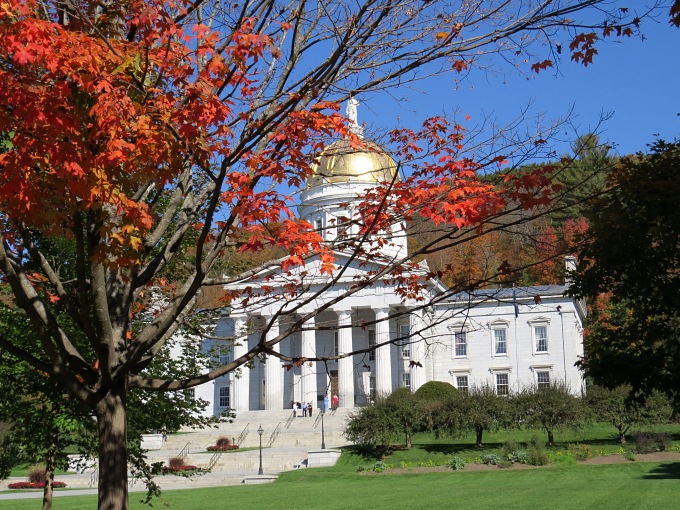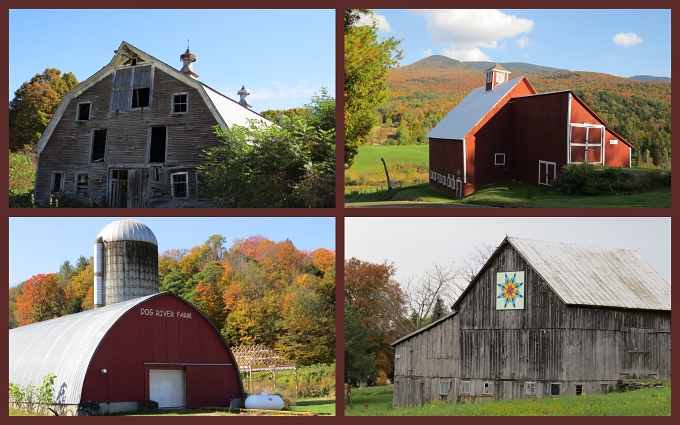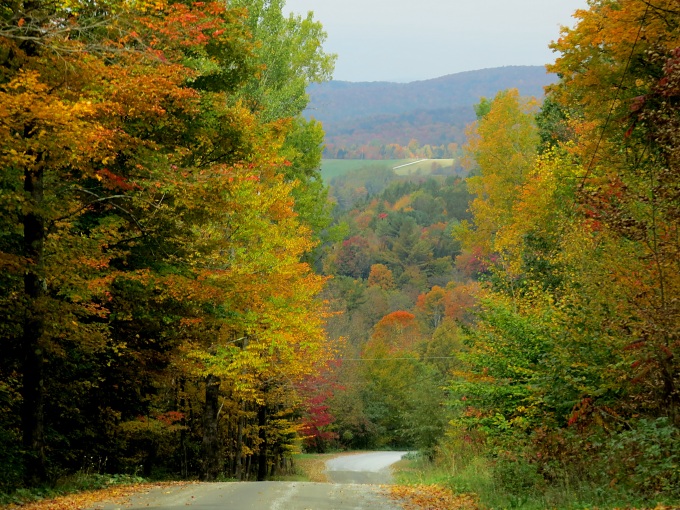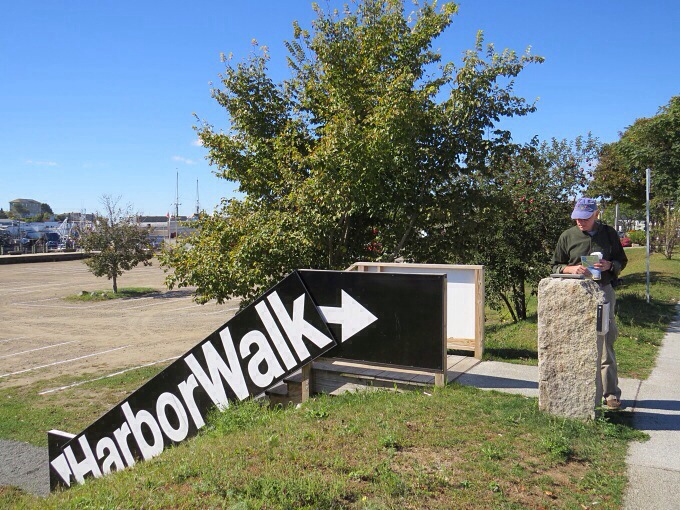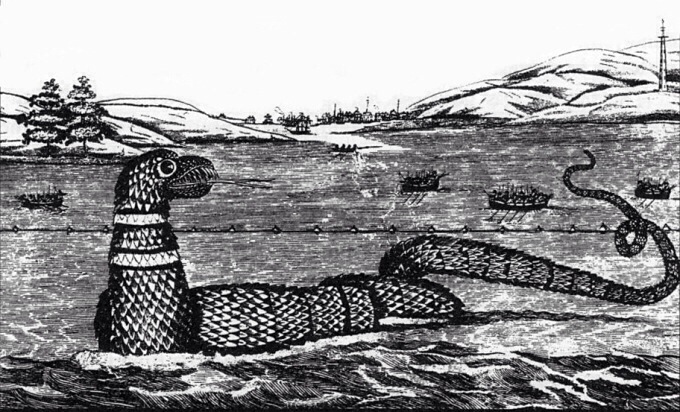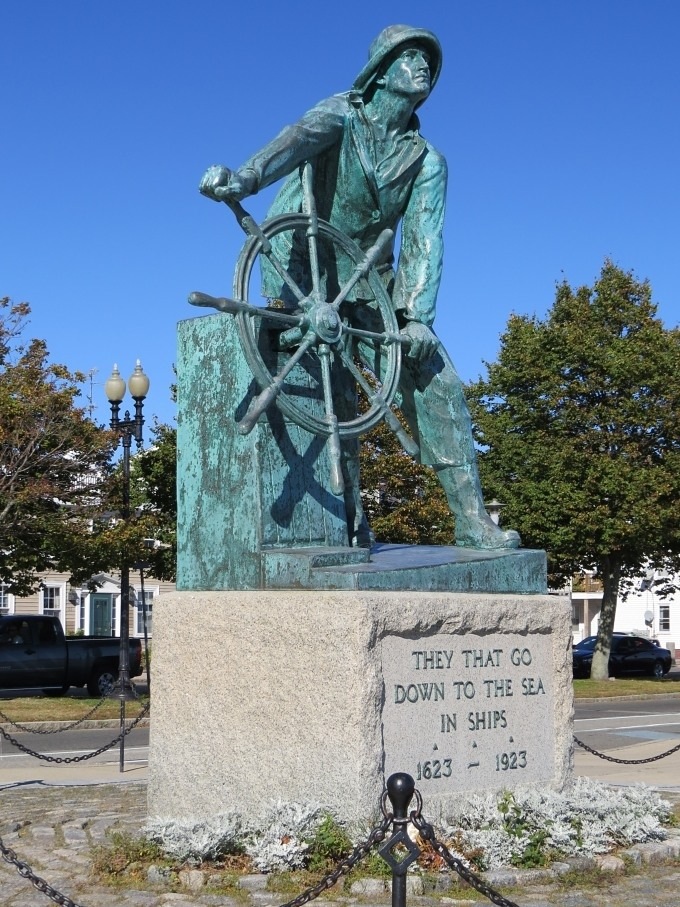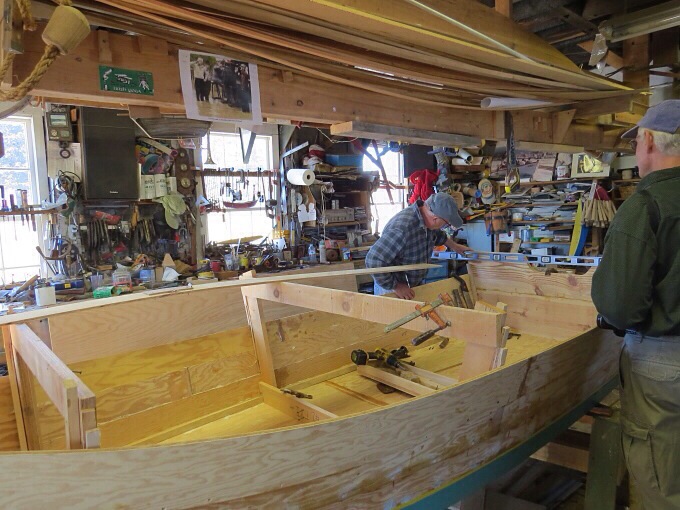Vermont - Green Mountains, Leaf Peeping and Cows
/Named by the French explorer Samuel de Champlain in 1609 for its lush, green mountains, Vermont is an interesting and very independent state. Its capital Montpelier is the smallest capital city in the US.
Burlington, its biggest city, is the smallest “biggest”city in a US state. Vermont is the second least populated state in the US. It was originally an independent republic (the Vermont Republic) before joining the US as its 14th state in 1791. Vermont abolished slavery before joining the US; it was the first to provide universal adult male suffrage (hmm), require public support of schools and was also the first state to introduce civil unions and same-sex marriage. Progressive and independent. Oh, yeah, and it's the largest producer of maple syrup in the US and has 114 covered bridges. Since it shares its southern border with Massachusetts and it's peak foliage season , we headed North.
It's the abundance of chlorophyll in leaves that make them green. As the days grow shorter in the autumn and there is less light during the days, less chlorophyll is produced and eventually the green color starts to fade. Simultaneously, sugar concentrations rise causing pigment changes. The leaves begin changing to yellow, red, and orange. Other chemicals, such as tannins, cause color changes and temperature certainly plays a role. Bright sunny, short autumn days are the key ingredient to good color and oh, man, we struck it rich in that department.
How many shades of red, orange, brown and yellow can you come up with? Russet, scarlet, fire red, blood red, brick red, flame orange, lemon yellow, maize, mustard, goldenrod, chestnut, rust, brick, crimson … they were all there and so many more. The hills and mountainsides looked aflame with color, the reds and oranges made more pronounced by their contrast to the dark evergreens around them.
It's a pastoral environment. There are several Scenic Byways to travel. Lots of farms and barns... farm stands and sugar shacks … field crops and livestock.
In ratio of cows to people, Vermont has the greatest number of dairy cows in the country (and we saw most of them). We also saw a few oddities, like alpaca and one camel!
Mostly, we came to see the leaves. Yes, we admit we are leaf peepers, but that didn't stop us from doing our homework to find sites to visit and other things to do. We stopped for a quick hike and a look-see at Quechee Gorge, billed as the Grand Canyon of the East. (NOT!)
We couldn't pass up a factory tour at Ben & Jerry's just north of Waterbury. The tour was great. Afterward, they offered samples of the ice cream du jour – pralines and cream, while we were there. Yum.
We got a charge out of the Flavor Graveyard, reminiscent of Boot Hill. Here several old flavors, taken off the market, rested in peace.
So what's to see beyond colorful leaves, bovines and ice cream? Oh, the possibilities are endless and we invite you to join us for more exploration over the next couple of days when we search out unique attractions, explore some of the 114 covered bridges located throughout the state, check out a granite quarry, sample maple syrup and Vermont cheddar cheese and generally traipse all over the state enjoying its offerings. Lots to see and do … come on along!
One other trivial item of note, Vermont is the only US state capital without a McDonalds and there wasn't a WalMart in the state until 1996. You really gotta love this state.



